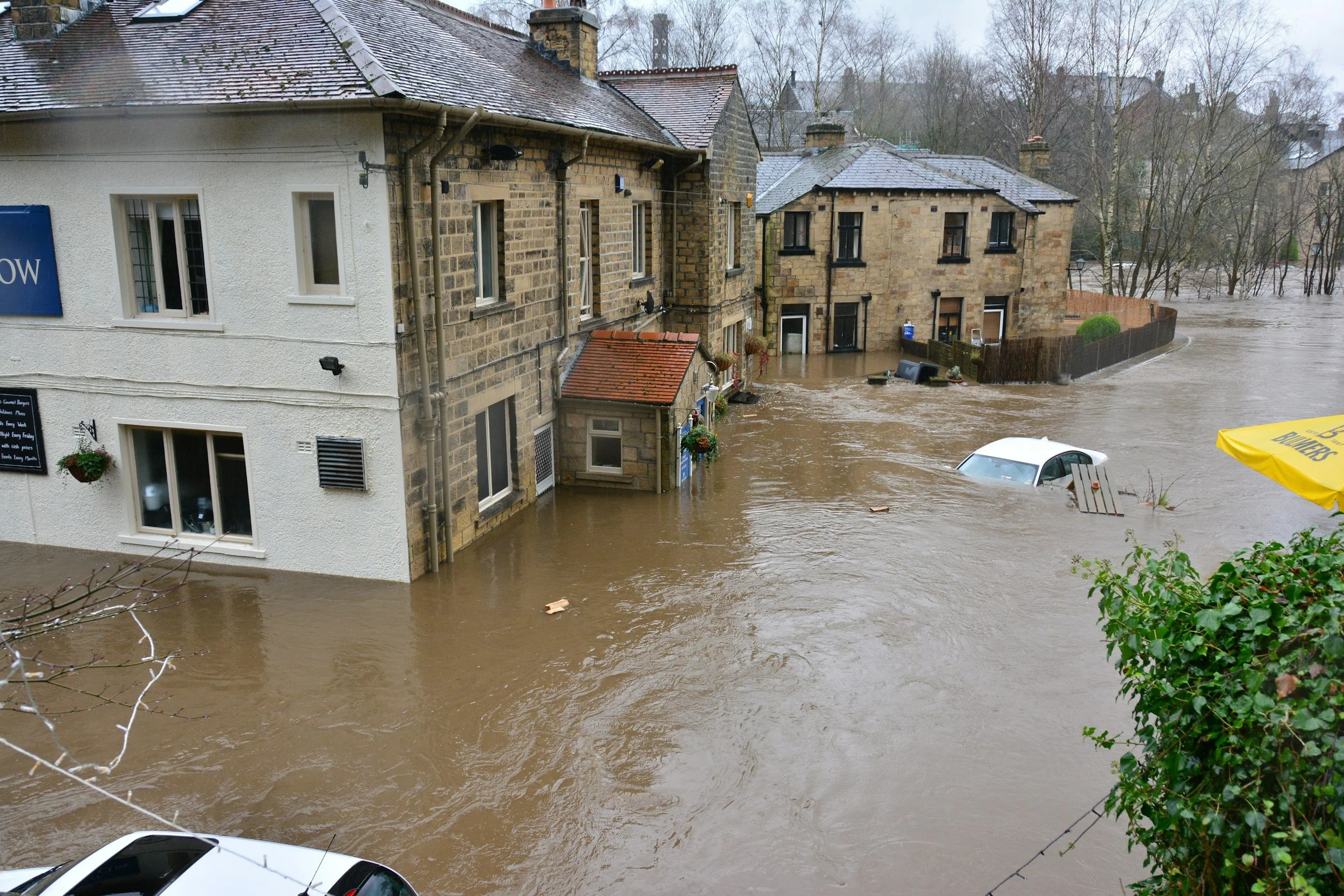
Artificial Intelligence-Driven Risk Modelling
Transforming Disaster Risk Intelligence with Artificial Intelligence
We build and deploy advanced, AI-powered tools for assessing and managing multihazard risks across infrastructure sectors. Unlike traditional risk models that focus on a single hazard or rely on static assumptions, our approach captures the dynamic, interconnected nature of wildfire, flood, earthquake, and other extreme events. This enables real-time analytics and future-facing insights that drive smarter, faster, and more equitable decision-making
Why our approach is different?
Multihazard Coverage: We integrate wildfire, flood, earthquake, tsunami, and wind hazard models into a unified framework, allowing stakeholders to evaluate compound and cascading risks.
AI-Enhanced Precision: Our models use machine learning to detect emerging risk patterns, optimize hazard intensity projections, and refine vulnerability functions across asset types.
Scalable & Adaptive: Whether for a single community, an infrastructure network, or a global portfolio, our tools scale seamlessly while adapting to evolving climate and hazard scenarios.
Decision-Centric: Outputs are designed to feed directly into workflows for insurers, governments, and developers—supporting pricing, underwriting, resilience planning, and emergency management.
Applications Across Hazards
-

Earthquake
AI-powered structural fragility and recovery models that estimate not just physical damage, but also functional downtime and socioeconomic disruption.
-

Wildfire
AI-driven spread models capture vegetation, weather, and infrastructure exposure to anticipate ignition risks and potential losses. These are coupled with physics-based, AI-powered vulnerability models that predict how different building materials and configurations perform under heat and ember attack.
-

Flood
Advanced hydrodynamic and rainfall-runoff models, enhanced with machine learning, deliver street-level flood risk insights. Our physics-informed AI vulnerability models estimate how water depth, duration, and flow velocity translate into structural damage and functional downtime.
-

Tsunami
Coupled ocean-wave and inundation simulations are enhanced with AI surrogates to project onshore run-up and flooding. Our AI-augmented vulnerability models predict structural damage, scour, and cascading failures of lifeline infrastructure in coastal communities.
-

Liquefaction
Physics-based soil mechanics models are integrated with machine learning to assess susceptibility and triggering under seismic loading. The AI-powered vulnerability framework links ground deformation to foundation performance, lifeline disruption, and long-term recovery needs.
-

Compound Hazards
Integrated scenarios (e.g., post-earthquake fire, wind-wildfire interactions, or liquefaction-tsunami sequences) are modeled using a hybrid of physical hazard simulations and AI surrogates. This allows for real-time assessment of cascading vulnerability pathways under climate-exacerbated risks.
